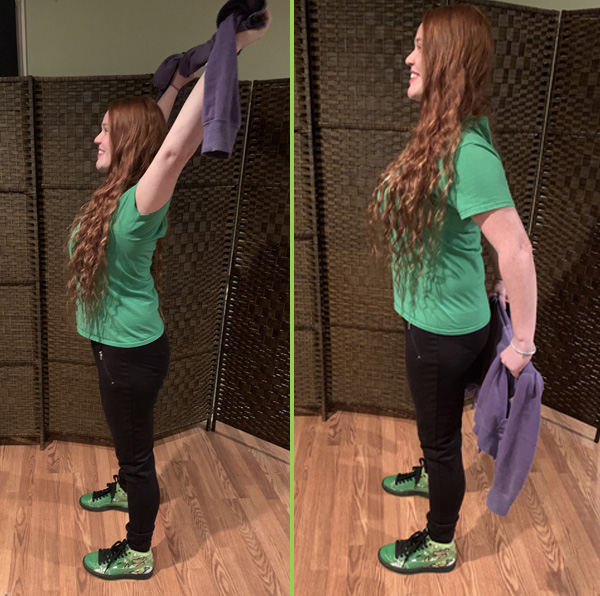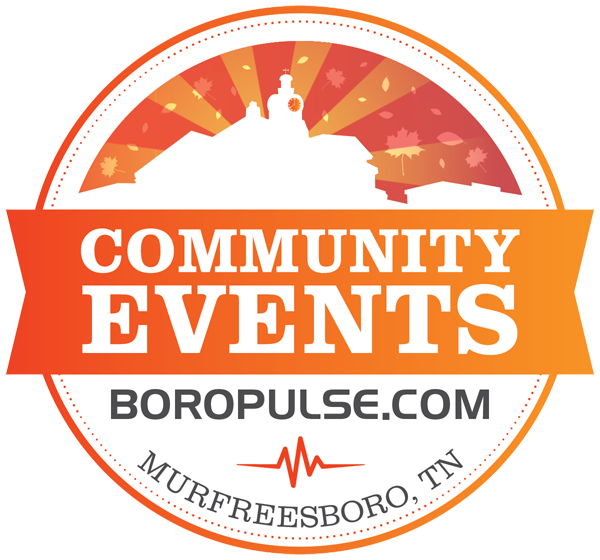
Most everyone says they want to exercise more, have less stress and have a more positive mindset. One important habit necessary for accomplishing any of your larger wellness goals is daily movement. We as a culture are sitting more and moving less, which can lead to decline in health and increase in back pain.
___
Pro Tip #1: Set a reminder in your phone to stand and stretch every 1 to 2 hours. Here are three stretches you can perform to decrease neck, back and shoulder pain:

1) Upper trapezius stretch: Tilt your head to the left side as you reach your right hand toward the floor. To intensify this stretch, use your left hand on top of your head to pull your right ear further away from your right shoulder until you feel a pulling sensation on the right side of your neck and shoulder. Do not push past pain; you should have mild discomfort at most if this muscle is tight. Hold for 30 seconds then switch to the other side. Perform three times on each side. This is especially useful on days when you are stressed because many of us hold tension in this muscle in stressful or upsetting circumstances.
___

2) Pectoralis stretch with towel or jacket: (part one) Hold your jacket between your hands and raise it overhead and as far behind you as you can comfortably go, stopping if you have discomfort in your shoulders. Roll your shoulders back and squeeze your shoulder blades together to feel a moderate stretch across the front of your chest and shoulders. Hold for 30 seconds and repeat three times. (part two) Place the jacket between your hands and behind your lower back. Again, roll your shoulders back and squeeze your shoulder blades together to feel a moderate stretch across the front of your chest and shoulders. Hold for 30 seconds and repeat three times.
___

3) Hip flexor stretch: Standing with one foot forward, tilt pelvis by tucking tailbone and flattening low back. Tighten the muscles in your bottom and keep your back foot facing straight forward. Then gently push your hips forward while maintaining neutral spine and upright torso.
___

Pro Tip #2: Engage your built-in back brace! The transverse abdominus (TA) muscle wraps from the front of abdomen around to your lower back which gives your lumbar spine the needed stability to stay safe. Unfortunately when we have lower back pain, this muscle is inhibited and it often requires conscious effort to remind this important muscle to work in our favor. To engage the TA muscle: Place two fingers at both sides of your abdomen at height just below your navel but spread widely enough apart that you are NOT on top of the rectus abdominis (6-pack muscles). Sink your fingers into your abdomen gently with a relaxed body. Next, draw your lower abdominals inward toward your spine as if trying to squeeze into a tight pair of pants. If performed correctly, your fingers will be pushed outward. Hold your belly in as you breathe out, then relax and repeat. This muscle should be used when transitioning from sitting to standing or when walking, and is especially important when lifting!
___
Pro Tip #3: Raise your phone and save your spine. When looking at your phone, raise it to chest level and gaze downward with your eyes so your neck remains in a neutral position. When we look straight downward at our phones it puts excess pressure on our lower cervical spine which can eventually lead to pain and joint damage.
___
I encourage you to focus on your daily goals and habits, which will ultimately lead to accomplishing those bigger goals. This will ensure that every day feels like a win, rather than waiting to define success as crossing the finish line.
___












